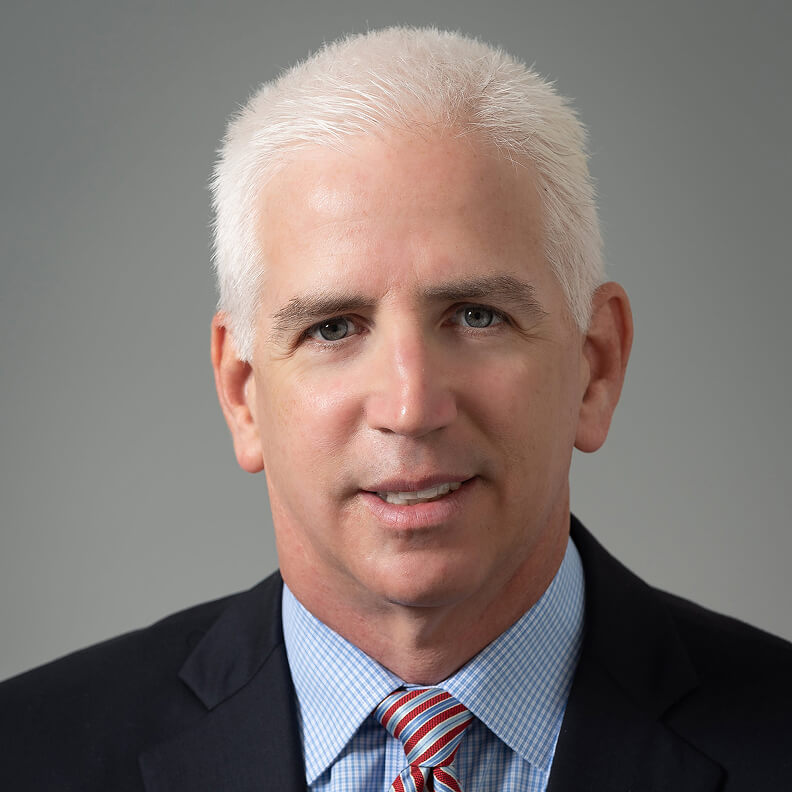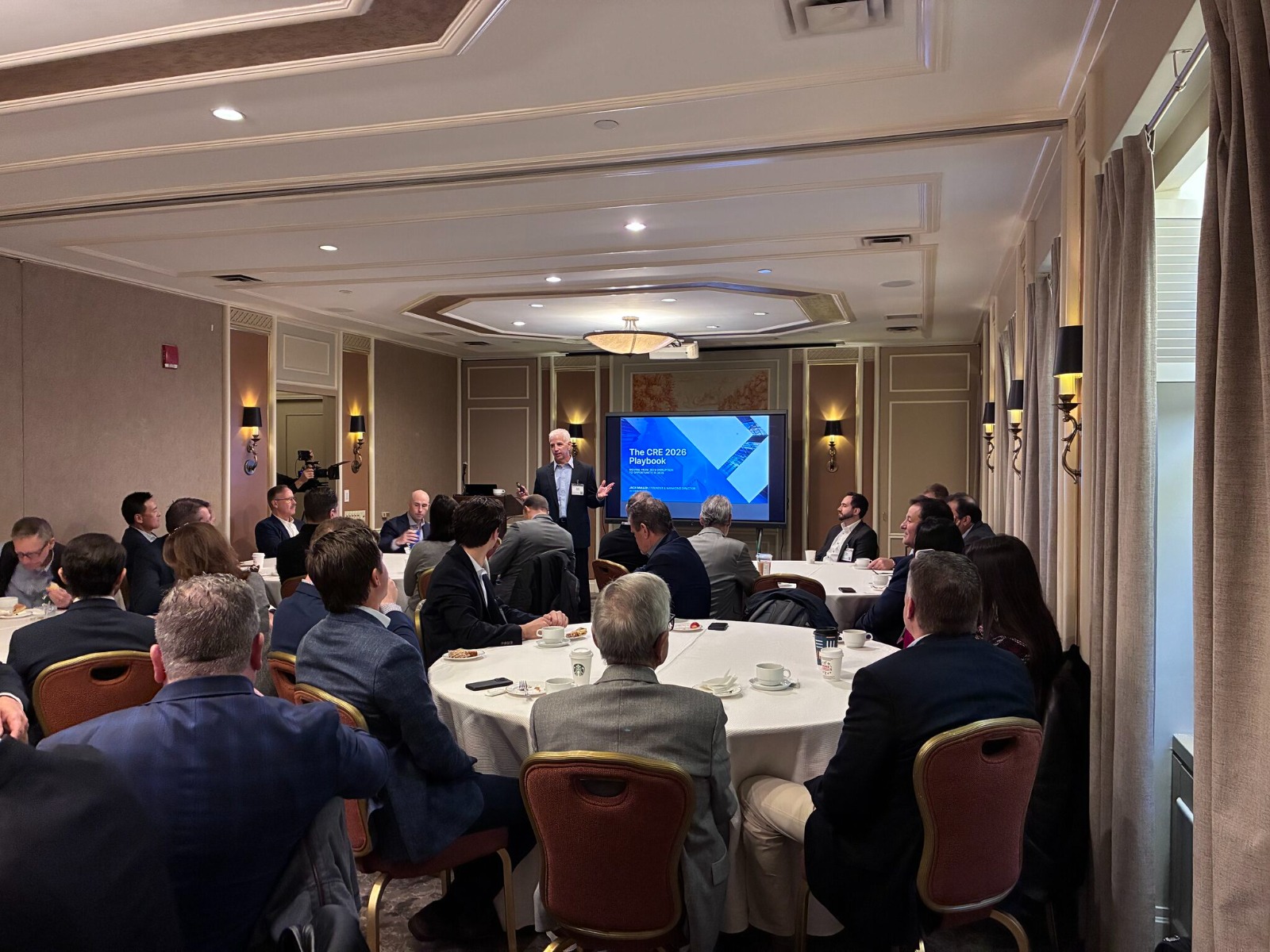Reshoring the Heartland: CRE Opportunities in America’s Supply Chain Reset
October 7, 2025

Tariffs, supply chain disruptions, and shifting consumer expectations have all brought America into a movement toward reshoring – bringing manufacturing, logistics, and distribution back to the U.S. While, even with tariffs, production costs may be cheaper outside the U.S., factoring in opportunity costs like transit and disruption has pushed many companies to reconsider their overseas reliance.
The heartland is at the center of reshoring. Because of its historic dependence on manufacturing, the Midwest offers a skilled labor pool and training programs, infrastructure to support production facilities, and growing opportunities for financial and professional services. More than 69% of manufacturers say they have already started to reshore their supply chains, as of last year.
For commercial real estate investors, this trend is a durable driver of demand with the potential to reshape portfolios for the next decade.
Tariffs as a Catalyst
The pandemic revealed just how fragile global supply chains were. Bottlenecks, empty shelves, and skyrocketing shipping costs underscored the cost of overreliance on overseas production. In the past year, trade tensions and tariffs on imports from China and elsewhere have reinforced the idea that global supply chains could carry more risk than reward.
Reshoring became a hedge against that volatility, and now it is a strategy to capture long-term resilience. As companies look for modern, efficient, well-located space, tariffs have created increased demand for U.S.-based industrial and manufacturing facilities.
The Heartland Advantage
Why the heartland? Several factors are at play:
- Central Reach: Markets like Columbus, Kansas City, Indianapolis, and Memphis allow two-day delivery to most of the U.S. population.
- Infrastructure Strength: Interstate networks, major rail hubs, and cargo-focused airports (FedEx in Memphis, UPS in Louisville, Amazon Air in Cincinnati) make the region logistics-friendly.
- Cost and Land Availability: Land and development costs are significantly lower than coastal markets, allowing investors to pursue large-scale projects with more favorable yields.
- Labor Force and Top Talent: The Midwest offers access to skilled labor for both manufacturing and logistics, supported by state and local workforce programs. And a new report from Heartland Forward reveals a continued exodus of top talent from coastal hubs like San Francisco, New York and Boston, in favor of emerging heartland metros like Austin, Texas; Nashville, Tenn. and Minneapolis-St. Paul, Minn.
For investors, these factors mean that the heartland is positioned for further growth over the coming decade.
Opportunities Across Asset Classes
Reshoring could touch multiple CRE sectors:
- Industrial & Logistics: Driven by e-commerce and logistics demands, warehouses and other industrial properties are still in demand.
- Manufacturing Facilities: Specialized plants for semiconductors, EV batteries, and medical devices are seeing significant federal and state support.
- Multifamily Housing: Job growth from new industrial hubs is creating steady demand for multifamily housing.
- Retail & Mixed-Use: Population growth is driving the need for local services, retail centers, and healthcare facilities.
Reshoring offers investors a chance to diversify their portfolios across multiple value streams.
Strategic Investor Considerations
While the tailwinds are strong, investors should approach the trend insight in these areas:
- Market Selection Matters: Not every market will see the same benefit. Focus on metros with proven infrastructure, labor pipelines, and government incentives.
- Follow the Incentives: States are competing with aggressive tax credits and grants. Aligning investments with these programs can enhance returns.
- Cap Rate Compression vs. Yield: Coastal industrial markets are already priced at premium valuations. The heartland offers more attractive entry points and the potential for yield expansion as demand accelerates. Top markets include Detroit, Cleveland, and Memphis.
- Sustainability and ESG: Many reshoring projects are tied to ESG mandates. Properties with renewable energy integration and LEED certification will have an edge in attracting tenants and institutional capital.
Challenges
One of the most pressing challenges tied to reshoring is workforce availability. While the heartland benefits from a deep manufacturing tradition, the modern supply chain requires specialized skills. Community colleges are partnering with companies to close the skills gap (like bp in Indiana), but retraining efforts take time, and competition for qualified workers is intensifying.
Another challenge is that building or retrofitting state-of-the-art manufacturing and logistics facilities requires significant upfront investment, often with long lead times. While federal and state incentives help offset costs, inflation in construction materials, fluctuating interest rates, and the regulatory complexities (environmental and zoning) can add more difficulty to completing projects.
Looking Ahead
The heartland, once dismissed as “flyover country,” is becoming the new epicenter of America’s industrial and logistics renaissance. Investors who understand the reshoring trend early stand to benefit from the significant coming growth.
“Reshoring the heartland” may be one of the most compelling opportunities of the next decade.
About Jack Mullen of Summer Street Advisors:

As Founder & Managing Director of Summer Street Advisors, Jack Mullen leverages decades of experience in valuation, underwriting, and risk management to lead multi-million and multi-billion dollar CRE transactions.
Previously with GE Capital and large institutional banks, he has shaped investment strategies for some of the industry’s largest deals. A recognized leader, his insights are featured in GlobeSt.com and CREFC Finance World, and he is a sought-after speaker at industry conferences and top universities.
For strategic advice on your portfolio or transaction, contact:

